“There is no one way to be a mother, but the impulse to mother is ancient — older than the gods.”— Anonymous proverb, embroidered on a 19th-century sampler
Motherhood Symbols Represent Life Itself
Motherhood symbols are among the oldest and most universal symbols used to convey the fundamental elements of human existence. Across cultures, myths, dreams, and rituals, the archetype of the mother stands as a pillar in our collective imagination. Carl Jung described the Great Mother as an image rooted in the deepest layers of the psyche, shaping our instincts and stories. Even today, modern motherhood leans on these inherited shapes of meaning, often without us realizing it. From ancient goddess figurines like the Venus of Willendorf to a candid photo of a mother and child, the visual language of motherhood remains vivid and ever evolving.
Earth and Womb: The Primal Symbols of Origin
The Circle
The circle is one of the most ancient symbols of motherhood. Universally, it represents wholeness, cycles, and fertility. You can find it carved into prehistoric petroglyphs and echoed in modern mandalas. The circle speaks of continuity, gestation, and enclosure — a cosmic womb that cradles new life. As Rainer Maria Rilke wrote, “Everything is gestation and then birthing”. This sense of becoming, of holding and then releasing, lies at the heart of motherhood symbols. Resources like “The Book of Symbols” dive deep into these archetypes, showing how the circle’s meaning has endured across time.
The Earth as Mother
Mother Earth, or Gaia, is a powerful symbol in Greek mythology and many other traditions. In the Andean world, Pachamama is the living embodiment of the Earth, a giver and sustainer of all life. Indigenous peoples see her as a guardian, nourishing humans, animals, and plants alike. The earth as mother is a metaphor for patience, regeneration, and nourishment. This symbolism lives on in everyday acts like gardening, where tending the soil becomes a maternal ritual. The rise of eco-motherhood in sustainable parenting is a modern echo of these ancient beliefs.

Animals as Matriarchal Emblems
The Cow
Cows are revered in many cultures as gentle, maternal providers. In Hinduism, the cow is sacred, embodying nourishment and unconditional love. Their calm presence and protective instincts make them enduring symbols of motherhood, peace, and sustenance.
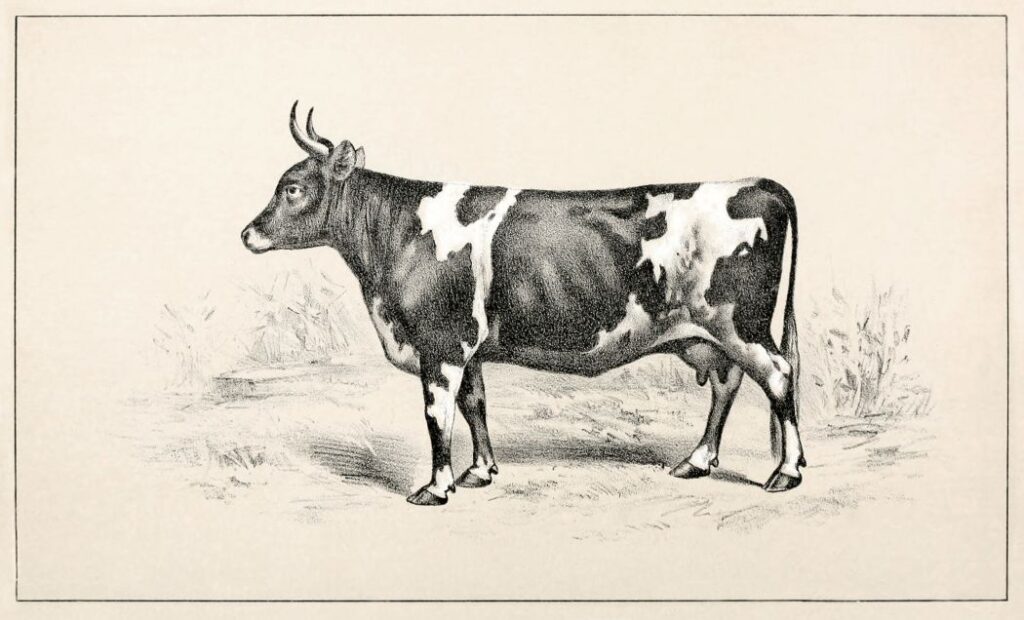
The Bear
In Celtic and Slavic traditions, the mother bear stands for fierce protection and intuition. The name “Arthur” comes from the Celtic word for bear, highlighting the idea of a king as the son of the Bear Mother. This animal’s symbolism is tied to maternal strength and guardianship.
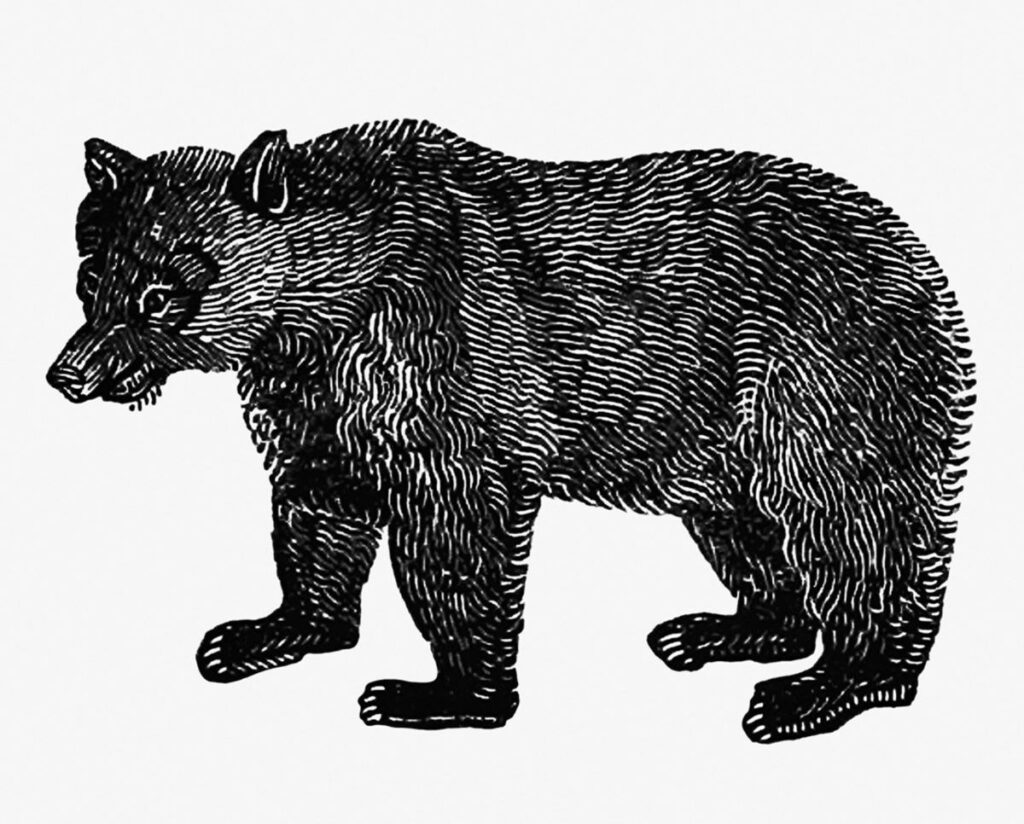
The Elephant
Elephants live in matriarchal herds, symbolizing wisdom, memory, and collective care. In African and Indian cultures, the elephant is deeply respected as an emblem of maternal social structure. Their enduring bonds and nurturing ways make them a powerful motherhood symbol.
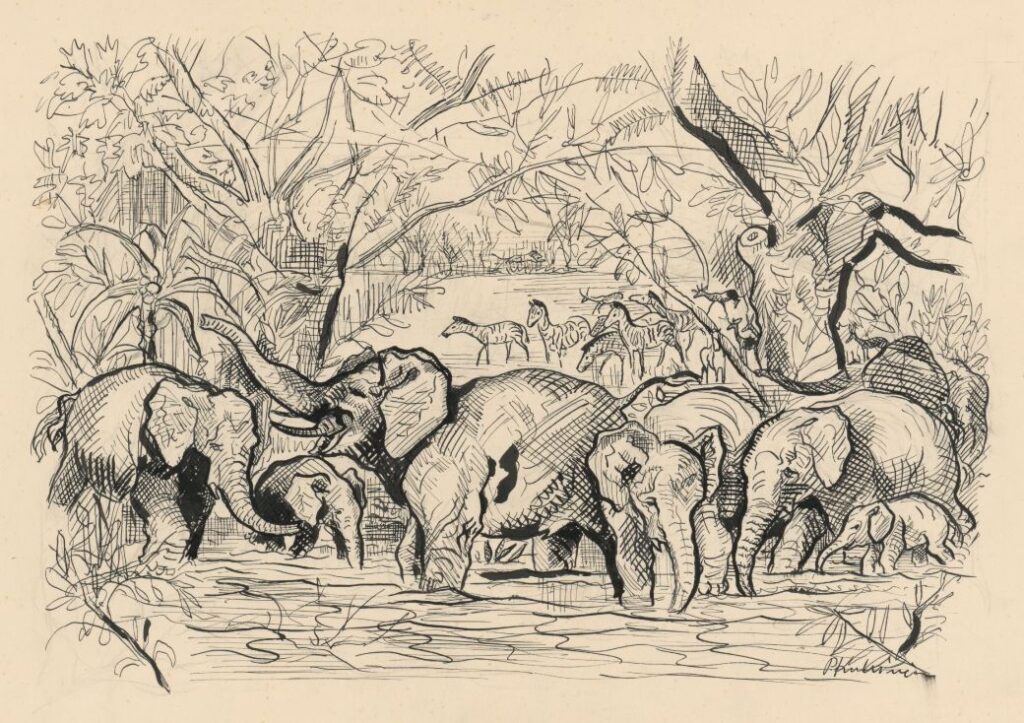
The Knot, the Thread, the Weave: Motherhood Symbols of Interconnectedness
The knot is a classic symbol of unbreakable bonds. The Celtic motherhood knot, for example, features two intertwined hearts within a never-ending loop, representing eternal love and protection between mother and child. Threads in mythology — like Ariadne’s thread — serve as metaphors for maternal guidance through chaos. Weaving goddesses such as Frigg in Norse myth embody the crafting of fate and home. Today, crafts like knitting and textile arts continue these traditions, offering rituals of continuity and healing. Antique baby blankets, embroidered initials, and symbolic weaving patterns all celebrate the invisible threads that connect generations.

The Chalice, the Tree, the Heartbeat
The Chalice
A symbol of the feminine vessel, from the Holy Grail to womb metaphors, is the chalice. From the shape to its utilitarian purposes, the chalice represents fertility, beauty, and the nurturing aspect of the feminine. Feminist movements have reclaimed the chalice as a symbol of sacred feminine energy, emphasizing its power to contain and give life.
The Tree
The Tree of Life appears in many cultures, with roots representing ancestry and branches symbolizing future generations. Breastfeeding is often linked to tree symbolism — “milk roots the child to the world.” The tree stands as a living metaphor for connection, growth, and sustenance.
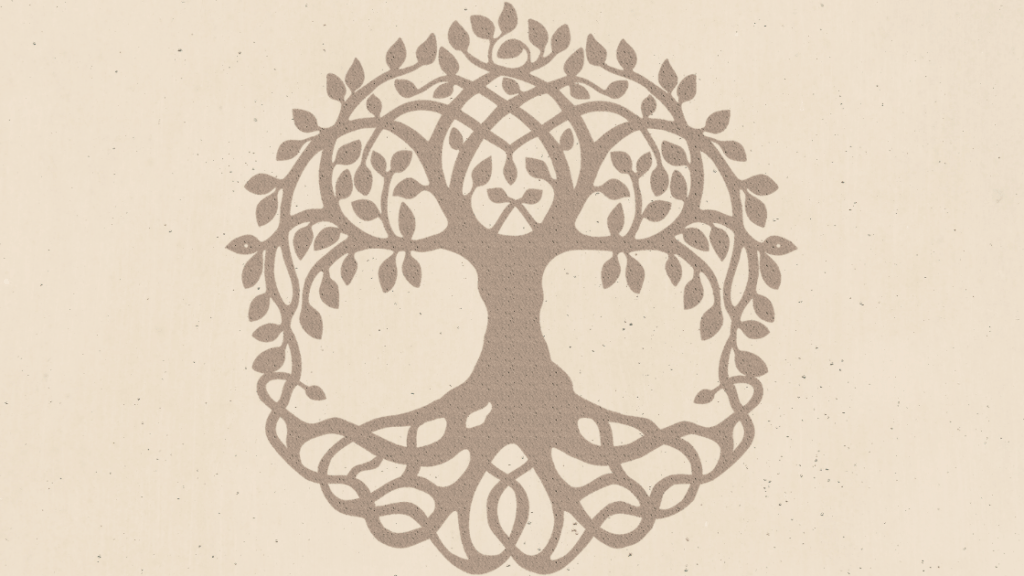
The Drum / Heartbeat
The mother’s heartbeat is the first rhythm we know. In many indigenous rituals, drums echo the womb’s grounding presence. The sound connects us to our origins, both physically and spiritually. Modern technology, like ultrasound heartbeats, bridges ancient symbolism with contemporary emotion.
Petaled Devotion: Flowers as Motherhood Symbols
The Rose
Flowers have always been quiet ambassadors of feeling — ephemeral yet eternal, tender yet strong. Their paradox mirrors the dual nature of motherhood: nurturing and fierce, delicate and enduring. The rose, especially in its soft blush or white forms, has long symbolized purity, love, and sacrifice. In Christian iconography, Mary is often called the “Mystical Rose,” a title that highlights her beauty and spiritual motherhood. This symbolism appears in the Litany of Loreto and Marian apparitions, where roses are seen as signs of grace and divine presence.
The Peony
In Chinese culture, the peony stands for prosperity, joy, and the dignity of a nurturing matriarch. Its lush, layered petals evoke abundance and maternal care, making it a popular flower for celebrating mothers and expressing affection. Peonies are also linked to healing and well-being, their presence in art and tradition reinforcing the idea of the mother as a bringer of comfort and happiness.
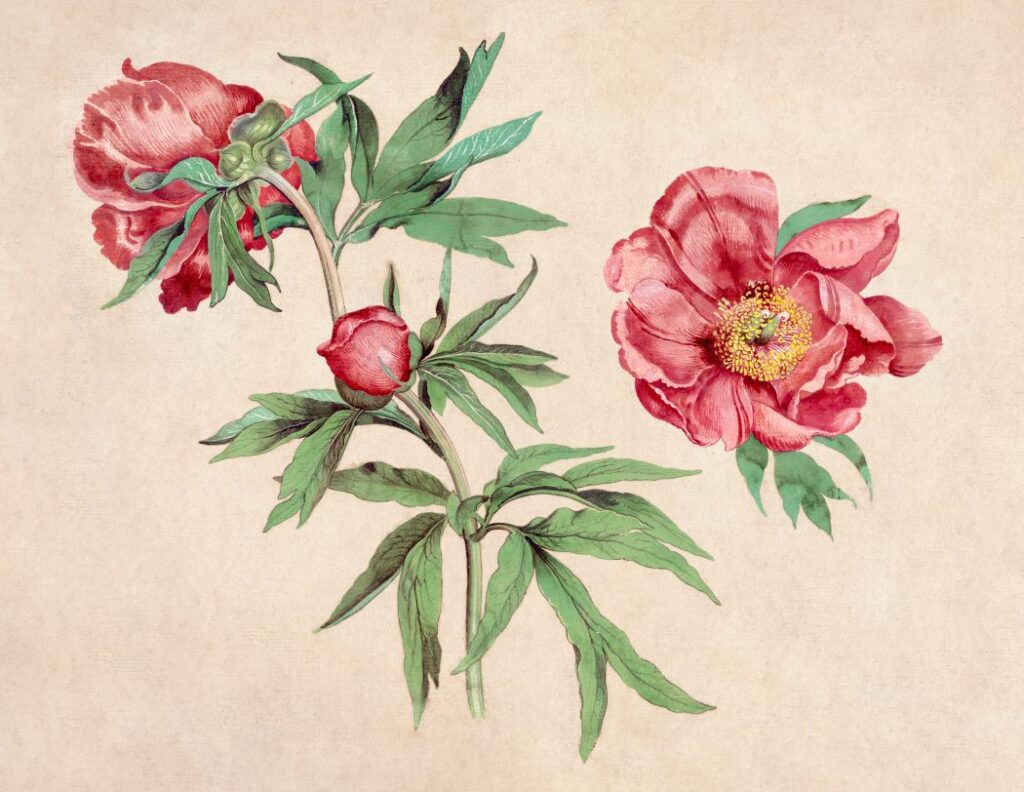
The Lotus
The lotus, revered in Hindu and Buddhist traditions, rises unstained from the mud — a living metaphor for grace amid adversity. Associated with divine mothers like Lakshmi and Guan Yin, the lotus represents purity, fertility, and spiritual awakening. It is often depicted as the seat of goddesses, symbolizing the generative power of the feminine and the opening of the cosmic womb.
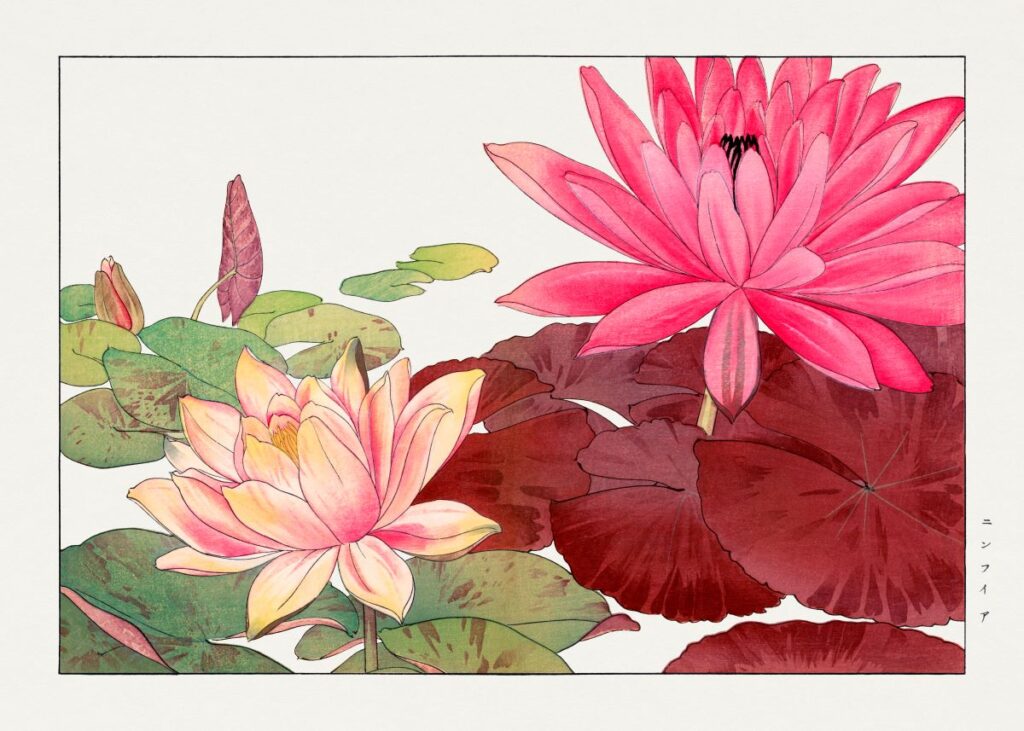
Today, mothers choose floral tattoos, birth-month flowers, or pressed flower keepsakes as personal emblems of care, loss, or transformation. These modern interpretations keep the language of flowers alive, allowing each mother to carry her own story in petals and ink.
Winged Watchers: Birds as Motherhood Symbols of Nurture and Nesting
The Stork
Birds appear in nearly every mythological and folkloric tradition as messengers, guardians, and mothers. The stork, now often seen as a cartoonish symbol of baby delivery, has roots in Northern European folklore. Its migratory loyalty and fierce protectiveness linked it to maternal fidelity and rebirth. Legends tell of storks retrieving souls of unborn children and delivering them to expectant parents, cementing their role as bringers of new life.
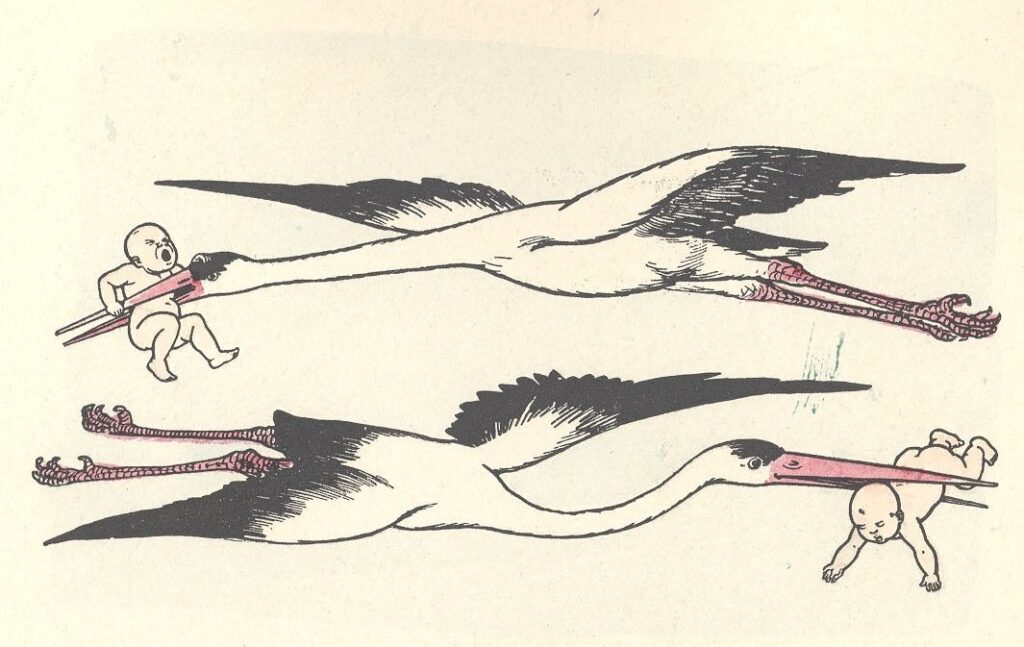
The Dove
The dove, gentle and nurturing, is both a symbol of maternal peace and the Holy Spirit in Christian art. Doves appear in scenes of the Annunciation, hovering above Mary, and are associated with fertility, divine presence, and the spirit of God. Their enduring symbolism connects motherhood with peace, hope, and spiritual guidance.
The Vulture
In Egyptian iconography, the vulture goddess Nekhbet stretches her wings over the pharaoh as a divine nurse and protector. Nekhbet embodies the nurturing essence of motherhood, guiding and supporting children and ensuring the well-being of future generations. Her presence signifies maternal authority, unity, and the sacred duty to protect and nourish.

Contemporary mothers find resonance in the image of birds building nests, feeding hatchlings, or flying in formation. These scenes echo the realities of single parents, adoptive mothers, and chosen families — always circling back to care, protection, and the creation of home.
The Mothers Before Mothers: Ancient Goddesses and Sacred Femininity
Isis
Before theology had names and dogma, the sacred feminine was embodied in vast, archetypal forms — fertility, power, wildness, protection. Isis, the Egyptian goddess, is the prototypical divine mother. She is often depicted nursing her son Horus, protecting him from harm, and using her magical power to secure his future. This image became a visual precursor to the Madonna and Child, symbolizing the enduring power of maternal care.
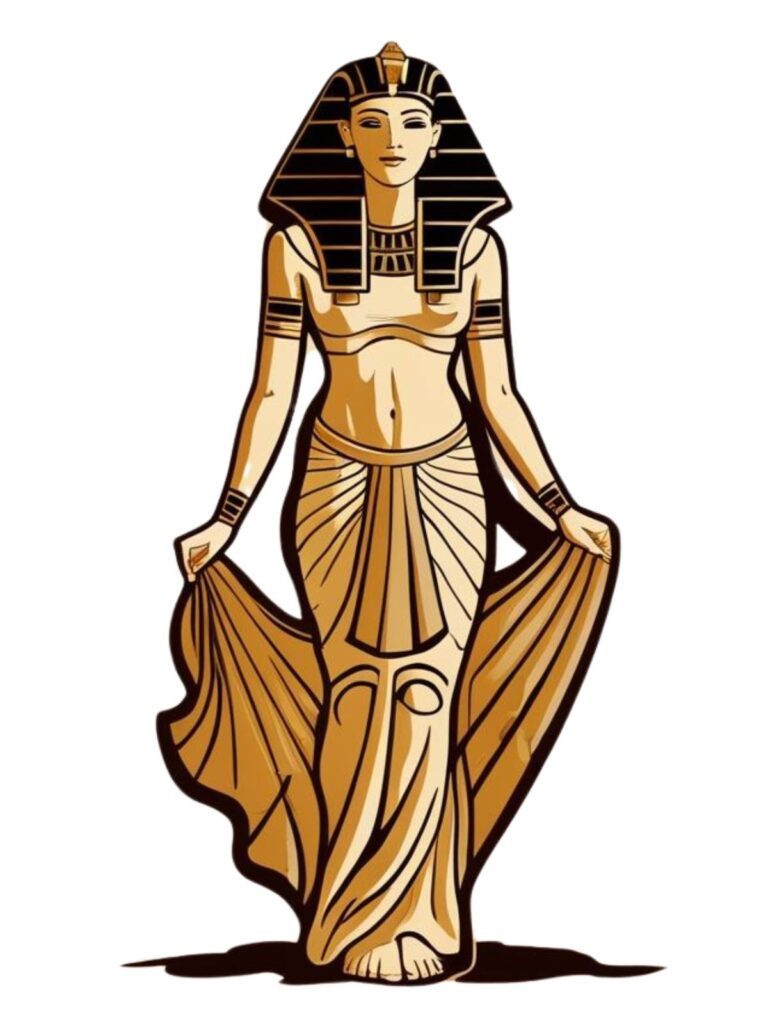
The Snake Goddess of Crete
The Minoan Snake Goddess of Crete, holding serpents in each hand, represents regeneration and guardianship. Her wild, instinctive power suggests a maternal force that is both protective and transformative, echoing the primal roots of motherhood.
Demeter
Demeter, the Greek goddess of the harvest, mourns her daughter Persephone’s descent into the underworld. This myth of seasonal change speaks to the pain and power of maternal letting go, capturing the bittersweet cycles of attachment and release.
Coatlicue
Coatlicue, the Aztec earth mother, wears a skirt of serpents and gives birth to the cosmos. She is both terrifying and transcendent, embodying the creative and destructive forces of motherhood.
Today, women reclaim these goddess figures in personal rituals, artwork, and identity — not as unreachable ideals, but as mirrors of complexity and cosmic belonging. These ancient symbols remind us that motherhood is as much about strength and wildness as it is about nurturing and care.
Contemporary Motherhood Symbols
Today, motherhood symbols are everywhere — often reimagined in minimalist forms. The infinity loop stands for unconditional love and endless connection. The nesting doll, or Matryoshka, symbolizes lineage and intergenerational depth. The ouroboros, a serpent eating its own tail, represents the eternal cycle of giving and becoming. These symbols appear in jewelry, tattoos, and art, serving as quiet reminders of something vast and enduring.
Closing: Living Symbols in a Symbolic Life
We do not just inherit motherhood symbols — we animate and evolve them through ritual, memory, and art. What is the symbol of mother in your own life? What does it carry that words cannot? Motherhood is both source and mystery, the first home and the quiet myth we carry forward.
“The mother is not just the first love; she is the first symbol.” — Inspired by D.W. Winnicott
Like this article? You may enjoy these too:
Popular Family Symbols and Their Meanings
Family Symbols with Powerful Meanings from Across the Globe
Sources:
Carl Jung Quotes About Mothers



